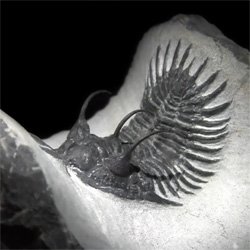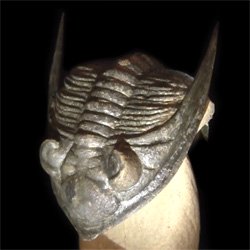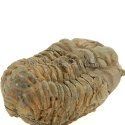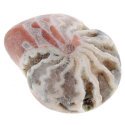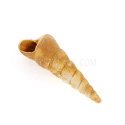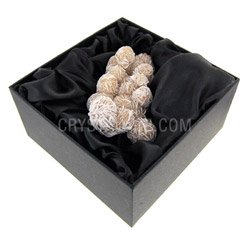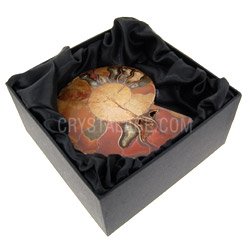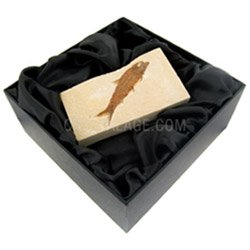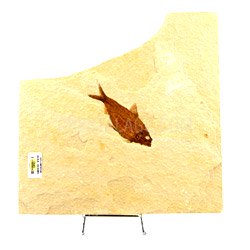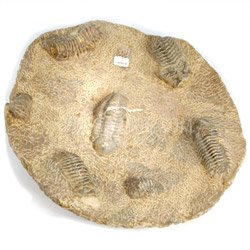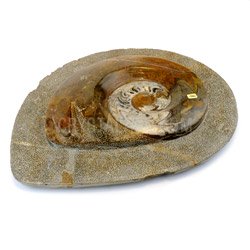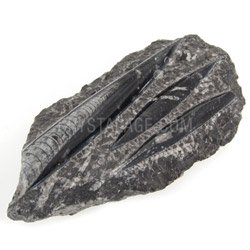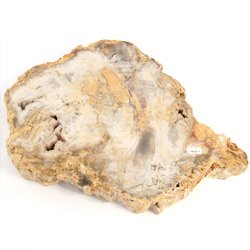There’s exciting news in the world of crystallography. A minuscule crystal that is 4.4 billion years old has been discovered. The tiny Zircon has been confirmed as being the oldest fragment of the Earth’s crust.
The finding of the world’s oldest fragment has been reported in the Journal of Nature Geoscience. The piece of rock was found in sandstone in the Jack Hills area of Western Australia. Scientists were able to give the Zircon an age by analysing its lead atoms and Uranium. The Uranium decays into the lead atoms extremely slowly over time and can be used by scientists like a clock to trace age.
The implications of the discovery of the ancient Zircon is that our planet had formed a solid crust much sooner than what’s been widely perceived. Before the Earth formed 4.6 billion years ago, it would have been a ball of molten magma. Through the discovery and calculating the age of the tiny crystal, scientists now have evidence to believe that the Earth’s surface hardened much earlier. This therefore poses the possibility that our planet had become ready to horde life not long after its formation.
“This is the oldest and the best dated of all the crystals that have been reported. This confirms our view of how the Earth cooled and became habitable,” said Professor John Valley, from the University of Wisconsin, US and lead author of the study.
“We have no evidence that life existed then. We have no evidence that it didn’t. But there is no reason why life could not have existed on Earth 4.3 billion years ago,” continued the Professor.
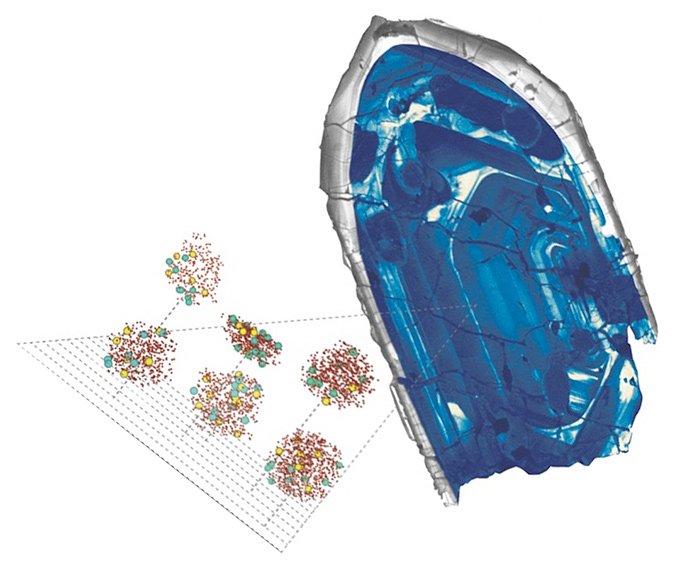
Glows From Red To Blue
One of the greatest components of crystals is their unique, vibrant and dazzling tones. From the deep and serene shades of purple Amethyst crystals to the beautiful earthy browns, yellows and reds of Citrine, if you’re a fan of crystals, no doubt you’ll know all the different colours, shades and properties of the many different types of precious stones.
The crystal found in the sheep ranch in Western Australia is translucent red, a bit like a Ruby. However, as John Valley states, the tiny Zircon crystal glows blue when its bombarded with electrons.
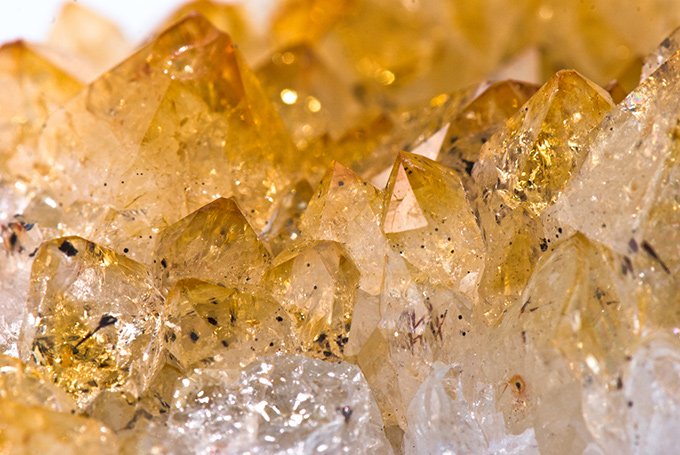
A New Technique In The Study Of Crystals
In 2001 John Valley and his team of scientists carried out studies on another crystal found in the same Jack Hills area in Western Australia. There had however been inconclusiveness when trying to determine the age of the crystal. The new method of studying the age of crystals, which was used on the recent ancient crystal finding, is known as atom-probe tomography. It enables scientists to image single atoms of lead and work out the isotape ratio. The scientists found that the clumps of lead atoms in the crystal had formed 1 billion years following the crystallisation of the Zircon. This meant the lead atoms hadn’t moved enough to prevent the crystallographers from determining its real age. The team of scientists were therefore able to determine the exact age of the crystal – 4.4 billion years old.
So the next time you glance down at your Amethyst pendant or look up at your Quartz cluster on the mantle piece, have a thought at just how long crystals have existed – since Earth began.





